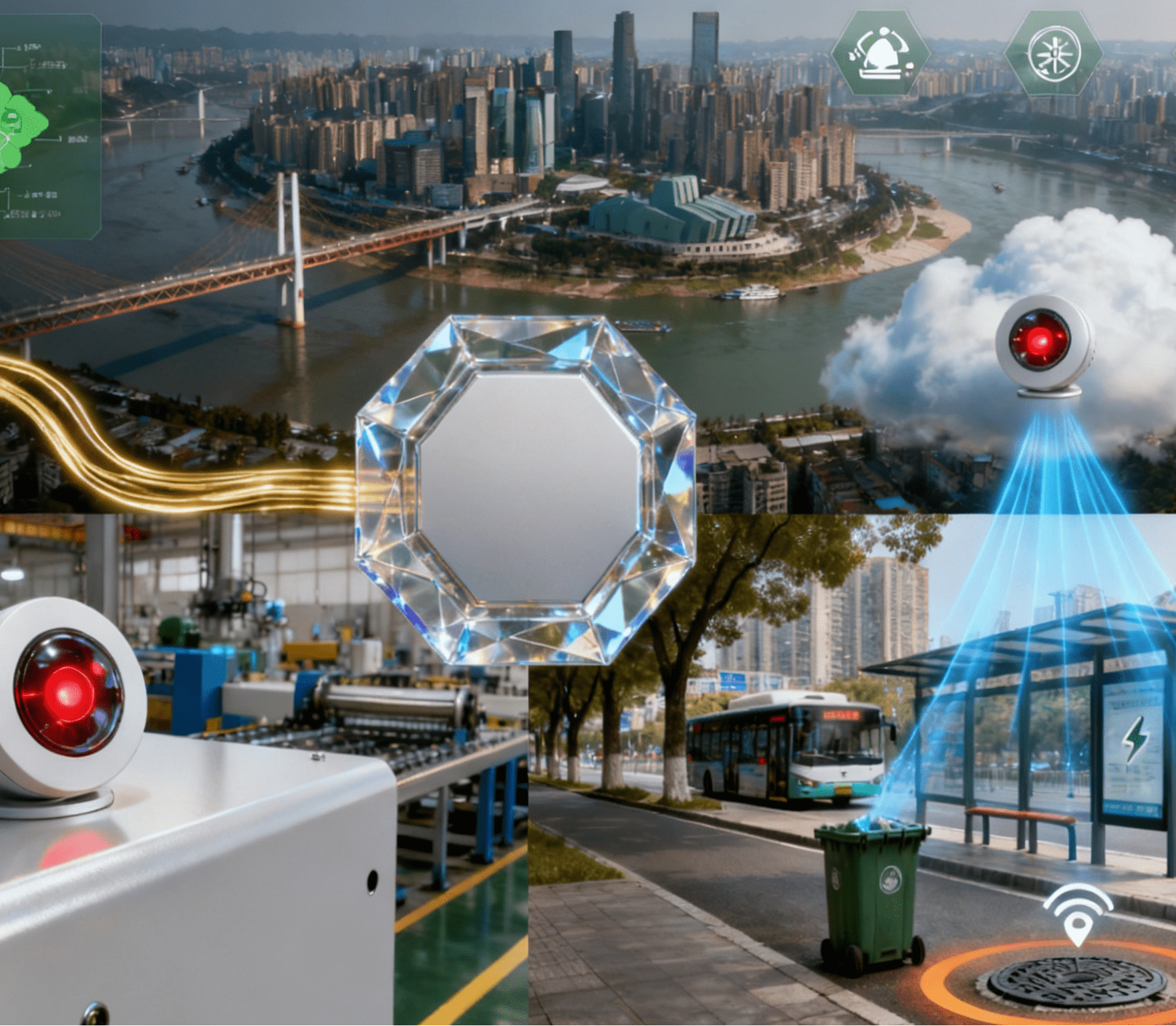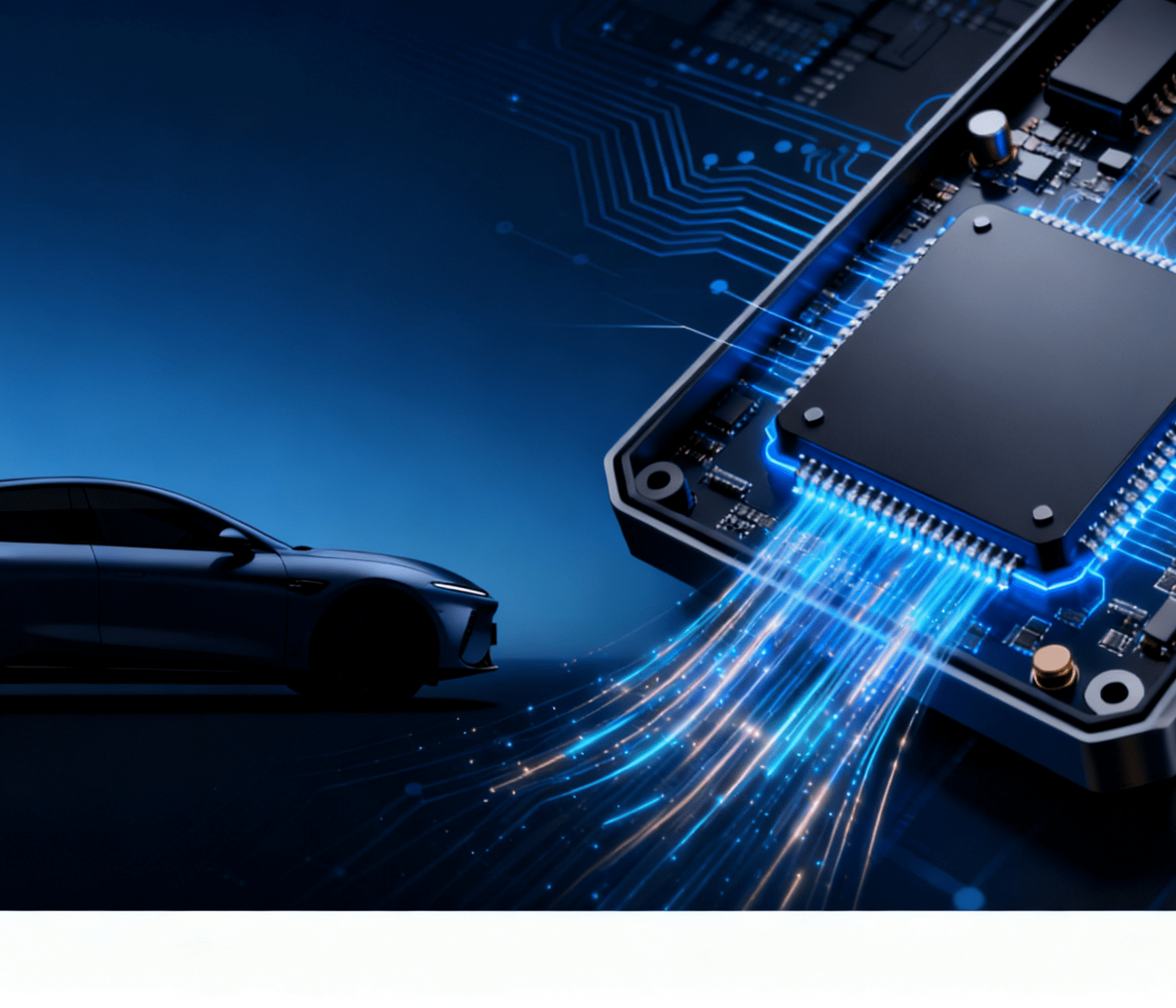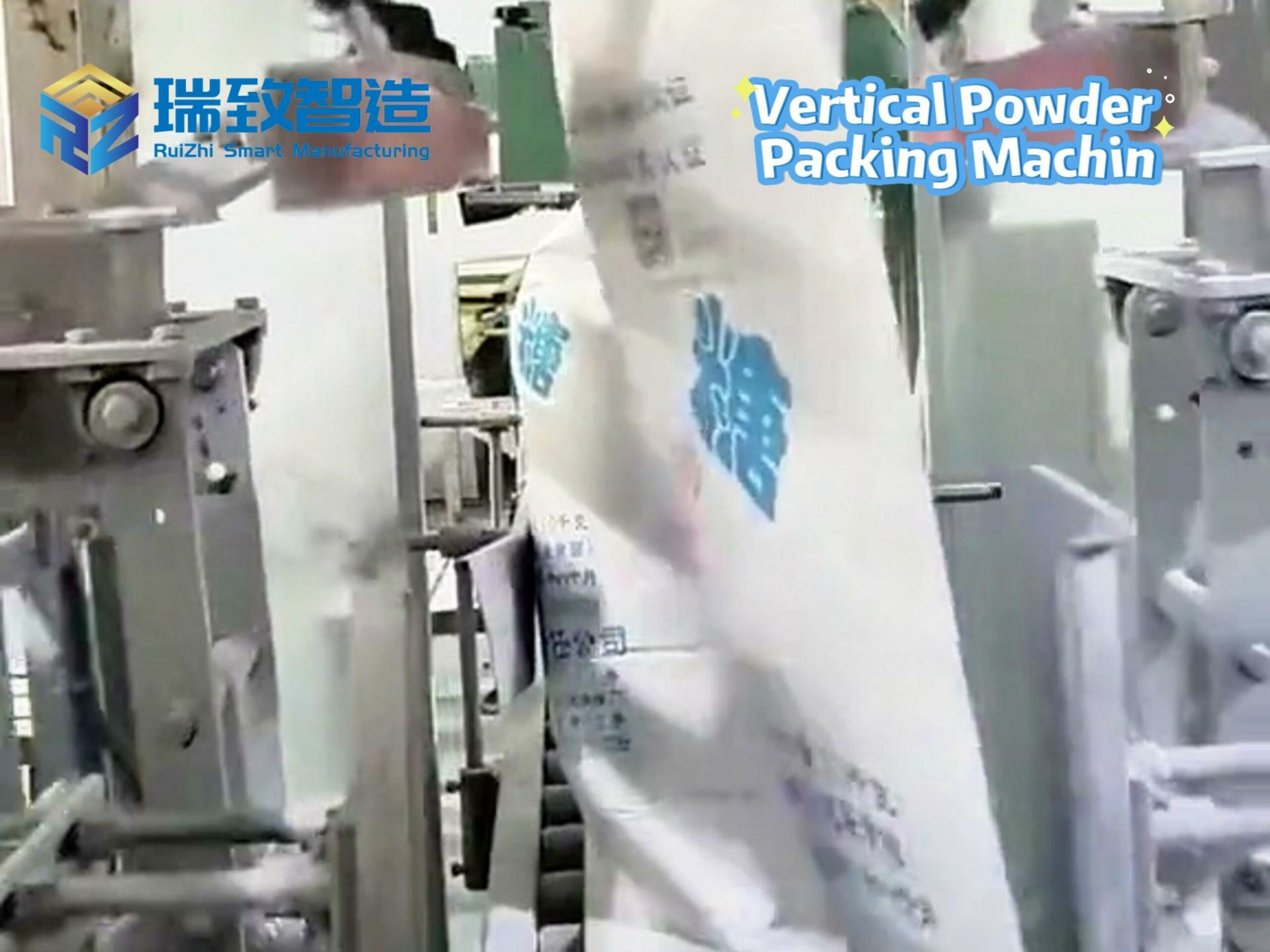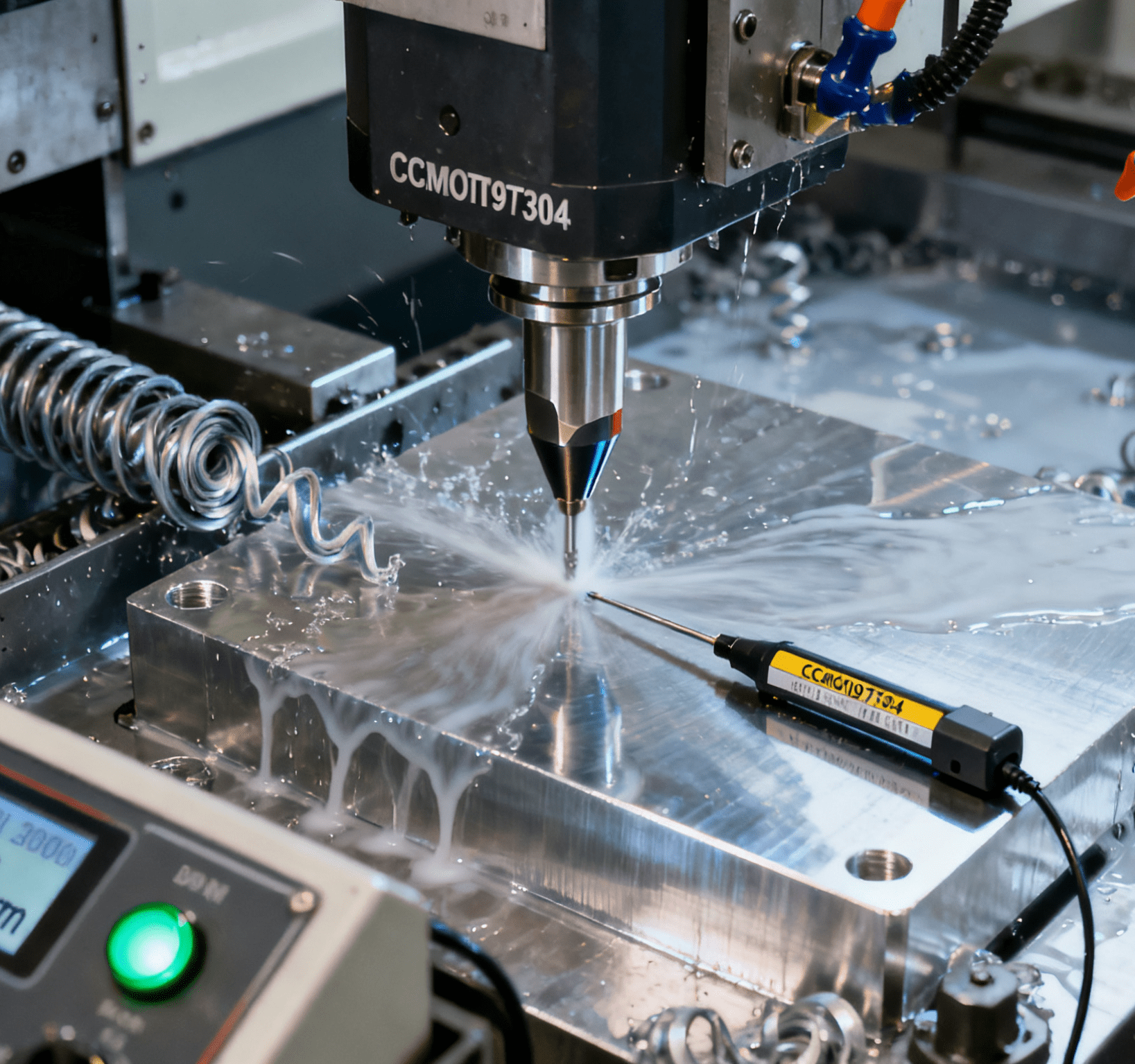Table of Contents
Toggle2025 Shanghai Auto Show: The “Contention of Hundred Schools” in Electric Drive Inverter Bricks | In-Depth Analysis of Ten Major Inverter Brick Technical Solutions
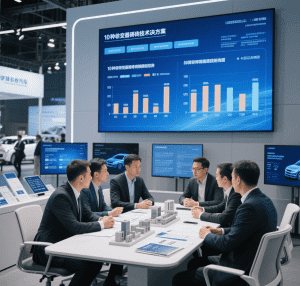
01 Introduction: The Technical Essence of Inverter Bricks
As a core component of electric vehicle powertrain systems, the inverter plays a critical role in converting direct current (DC) stored in batteries into alternating current (AC) required to drive motors. Its performance directly determines vehicle energy efficiency and reliability. Traditional inverters typically integrate components such as controller boards, filter units, driver boards, and IGBT modules to form a complete power conversion system. In contrast, inverter bricks focus on modular design, stripping away non-core components (e.g., controller boards, filter units) to prioritize power conversion. This approach enhances efficiency and current density while achieving compactness and flexibility.
▌Core Differences: The Dual Value of Modularity
- Flexible Adaptability
- Users can independently select controller boards (with different control strategies) and filter units (with varying purity levels) based on vehicle models, performance requirements, and budgets, enabling customized power conversion solutions.
- Typical scenario: Electrified retrofits of internal combustion engine platforms can reuse existing controllers, reducing transformation costs.
- Maintenance and Upgrade Efficiency
- Modular design allows for independent replacement of faulty components (e.g., driver boards or filter units) without disassembling the entire inverter, reducing maintenance costs by over 30% and cutting system downtime by 50%.
▌Technical Priorities
- Efficiency Optimization: Through topological innovations (e.g., multilevel conversion) and component upgrades (replacing silicon-based IGBTs with SiC), conversion efficiency has been improved from 96% in traditional inverters to over 98%.
- Power Density Enhancement: The goal is to increase current output capacity per unit area from 100A/cm² to 150A/cm², meeting the lightweight requirements of electric vehicles.
02 Comprehensive Analysis of Ten Technical Solutions
▌Changan Automobile: Stacked Hybrid Dual-Electronic Control Inverter Brick
Technical Highlights
- Space Optimization: A dual-layer power module stacking design, combined with embedded toroidal current sensors and three-phase injection-molded copper busbars, reduces Z-axis space by 40%, specifically designed for space-constrained electrified retrofit platforms.
- Thermal Management Innovation: An integrated liquid-cooling channel and shared heat dissipation substrate for capacitors and power modules reduce thermal resistance by 0.5K/W. The design is compatible with both Si and SiC technologies, supporting plug-and-play integration with P1+P3 hybrid architectures.
▌Wuling Motors: SiC-Compatible Integrated Electric Drive System
Technical Breakthroughs
- Dual-Voltage Platform Adaptation: Compatible with 400V/800V systems and supporting both IGBT and SiC MOSFET devices, covering economy and premium vehicle segments.
- Four-in-One Integration: Combines DCDC, OBC/DCAC, MCU, and PDU modules, reducing volume by 25% and improving vehicle layout efficiency by 15%.
▌Inovance United Power: 5th-Generation Multi-in-One Inverter Brick
Core Advantages
- 3D Stacked Architecture: Highly integrated power modules, DC-Link capacitors, driver boards, and cooling channels achieve stray inductance <10nH, enhancing EMI suppression by 20dB.
- Full-SiC Application: Supports parallel redundant control for dual motors, reducing switching losses by 40% and adapting to the ultra-fast response requirements of 800V high-voltage platforms.
▌CRRC: 100kW-Class High Power Density Module
Industrial-Grade Performance
- Extreme Integration: An all-in-one design for power modules, capacitors, sensors, and cooling systems reduces volume by 50% compared to traditional solutions, suitable for commercial vehicles and high-performance passenger cars.
- Reliability Design: Laser welding and encapsulated capacitor substrates ensure stray inductance <16nH, with built-in overcurrent/overvoltage/overheating protection and an MTBF exceeding 100,000 hours.
▌E-control Power: Lightweight 400V Module
Key Specifications
- Ultra-Compact Design: A lightweight 3.25kg design with dimensions of 252×175×79mm and EMC Class 3 certification, meeting stringent in-vehicle electromagnetic environment requirements.
- Deployment Flexibility: Supports dual-mode cooling (air/liquid) and fixed-point adaptation to various vehicle chassis layouts.
▌United Electronics: Production-Ready 800V High-Voltage Module
Industrialization Progress
- Full Integration: DC-Link capacitors, driver boards, power modules, and water channels are integrated in one package, with a production yield rate of 99.5%. Already supporting mainstream new energy brands.
- High-Voltage Reliability: Passed 1000V withstand voltage testing, with efficiency optimized to 97.8% at full load under an 800V platform.
▌ZF (Zeppelin Friedrichshafen): Chip-Inlaid CIPB Technology
Disruptive Innovation
- PCB Interlayer Integration: Embedding power chips within PCB layers increases power density to 500W/in³, breaking through traditional module size limitations.
- Hybrid Carbon Technology: Mixed packaging of SiC and silicon-based devices balances high-speed switching (100ns-level) and cost control, with single-phase peak current reaching 650A RMS.
- Industrialization Timeline: Completed validation on a 1200V SiC platform in 2023, planning commercialization of distributed drive systems (dual inverters) by 2026.
▌Schaeffler: High-Voltage Embedded Power Module
Performance Benchmark
- Ultra-Low Stray Inductance: ≤6nH design adapts to high-frequency switching (above 200kHz) under 800V platforms, reducing switching losses by 35%.
- All-in-One Integration: Built-in cooling channels, busbar capacitors, and driver boards reduce customer assembly steps by 60%, supporting flexible expansion for primary/auxiliary drives.
▌Shanghai Electric Drive: 800V SiC Full-Compatible Module
Technical Positioning
- Dual-Platform Adaptation: Compatible with 400V/800V systems, with SiC MOSFET devices supporting 1200V withstand voltage for next-generation ultra-high-voltage platform R&D.
- Efficiency Optimization: Achieves 98.3% efficiency at 800V/200kW, a 1.5% improvement over traditional IGBT solutions.
03 Industry Trends: From Single Components to Ecosystem Competition
The 2025 auto show highlights that inverter brick competition has shifted from hardware integration ile ecosystem synergy:
- Component Level: SiC penetration has increased from 15% in 2024 to 28% in 2025, with 6-inch SiC wafer costs dropping 25%, accelerating adoption in premium markets.
- System Level: Distributed drive systems (dual inverter bricks + dual motors) are emerging, with ZF, Schaeffler, and others advancing pre-research to achieve torque vector control and redundancy.
- Cross-Domain Integration: Deep integration with in-vehicle OBC, PDU, and other components (e.g., Wuling’s four-in-one module) has become mainstream, pushing the development of integrated “drive-charging-thermal management” architectures.
Conclusion: The Industrial Logic Behind Modularity
The technological evolution of inverter bricks reflects the electric vehicle industry’s transition from “system-level monopoly” to “modular openness.” By (stripping away) non-core functions, automakers can flexibly select suppliers based on technical routes (e.g., hybrid/BEV) and cost strategies, while suppliers focus on core power conversion technologies. This “decoupled innovation” accelerates the deployment of cutting-edge technologies like SiC and 3D packaging, signaling that EV powertrains are entering a new era of “ecosystem-defined products.” In the next three years, companies with full-stack integration capabilities across components, systems, and ecosystems will gain a competitive edge in this battle for “brick” dominance.

